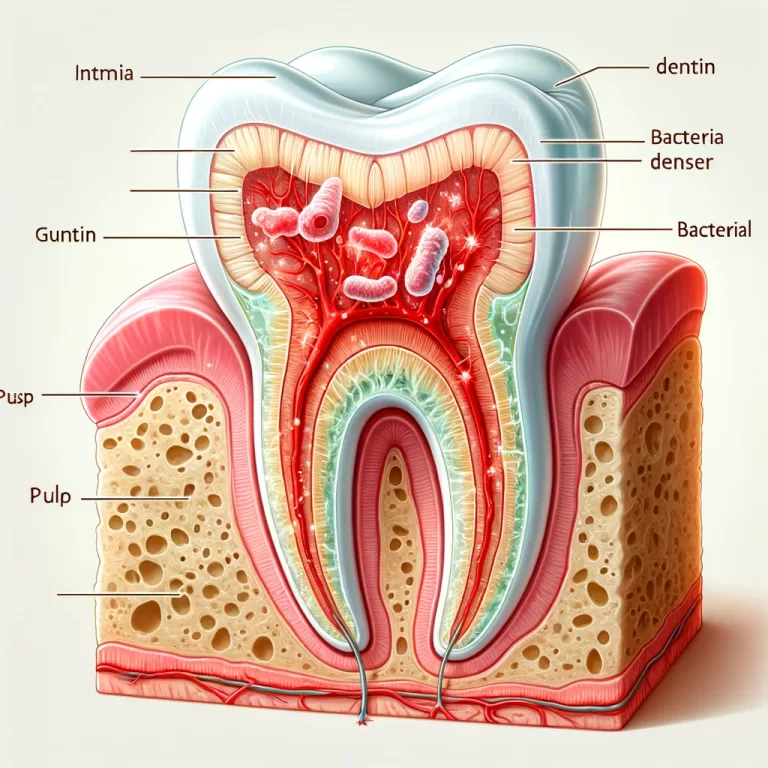How to Remove Oil Stains from Furniture? A Comprehensive Guide for Every Situation

Quick Overview:
• Understanding Different Oil Stains and Their Treatments
• Immediate Response Methods for Fresh Oil Stains
• Deep-Cleaning Techniques for Set-in Stains
• Natural and Chemical Solutions
• Prevention and Long-term Furniture Care
Let me tell you something – dealing with oil stains on furniture can be a real headache, but I’ve got your back with this comprehensive guide. After years of experience and countless battles with stubborn stains, I’ve gathered all the tricks and tips you need to know.
Understanding What You’re Up Against
You know how frustrating it can be when you spot that dreaded oil stain on your favorite piece of furniture. Whether it’s your grandma’s antique wooden table or that plush fabric sofa you just bought, oil stains can show up from various sources. We’re talking about everything from cooking oil splashes to body oils from daily use, and even those sneaky hand cream marks that seem to appear out of nowhere.
Here’s the thing – different materials react differently to oil stains. Wood tends to absorb oil deep into its pores, while fabric can create that annoying dark ring that just won’t budge. And don’t get me started on leather – it’s got its own unique way of showing oil marks. Understanding what you’re dealing with is half the battle won.
The Golden Hour: Quick Response to Fresh Stains
Listen, if you’ve just noticed that oil stain, drop everything and act fast! Fresh stains are way easier to tackle than ones that have had time to settle in. First thing’s first – grab some paper towels or a clean white cloth. But here’s the trick: don’t rub! I learned this the hard way. Just blot gently to soak up as much oil as possible.
For fabric furniture, sprinkle some baking soda or cornstarch right away. It’s like magic – these powders actually pull the oil out of the fabric. Let it sit for at least 15-20 minutes (I usually leave it overnight for better results). Then vacuum it up carefully. You might need to repeat this a few times, but trust me, it’s worth the effort.
For wooden furniture, time is even more crucial. Grab some sawdust or cat litter (yes, really!) and cover the stain. These materials are super absorbent and can help draw out the oil before it penetrates too deeply into the wood.
Deep-Cleaning Battle Plans
Okay, so what if you’re dealing with an old, set-in stain? Don’t worry, all hope isn’t lost. For fabric furniture, you’ll want to create a cleaning solution. Here’s my go-to mixture: dish soap (the grease-fighting kind) mixed with warm water. But here’s a pro tip – always test any cleaning solution on a hidden spot first. I learned this lesson after ruining a corner of my sofa trying to be a cleaning hero.
For wooden furniture, you might need to get a bit more aggressive. A mixture of white vinegar and water can work wonders. Mix equal parts and apply it with a soft cloth, working in the direction of the wood grain. But be careful not to oversaturate the wood – you don’t want to create water damage while trying to fix an oil stain!
If you’re dealing with leather furniture, things get a bit trickier. You’ll need a leather cleaner specifically designed for oil stains. But here’s a secret – if you don’t have any on hand, a paste made from baking soda and water can work in a pinch. Just be super gentle when applying it.
The Natural vs. Chemical Debate
Now, let’s talk about cleaning solutions. I’m a big fan of natural cleaners – they’re usually safer and often just as effective as harsh chemicals. Here’s what’s worked for me:
Natural Solutions:
• White vinegar and water solution
• Baking soda paste
• Lemon juice mixed with salt
• Essential oils (tea tree oil is particularly good for this)
• Cornstarch or talcum powder for absorption
But sometimes, you need to bring out the big guns. Commercial cleaners can be really effective, especially for stubborn stains. Look for products specifically designed for oil stain removal, but always read the labels carefully. Some chemical cleaners can be pretty harsh and might damage your furniture if not used correctly.
The Art of Prevention
You know what they say – prevention is better than cure. Here’s how I protect my furniture from oil stains:
• Use fabric protectors or sealants on new furniture
• Place decorative throws over commonly used areas
• Keep eating areas away from fabric furniture
• Regular cleaning and maintenance
• Use arm covers on sofas and chairs
The Long Game: Maintenance Matters
Here’s something most people don’t think about – regular maintenance can actually make oil stains easier to deal with when they happen. I’m talking about:
• Weekly vacuuming to remove dirt that can combine with oils
• Regular professional cleaning (once or twice a year)
• Immediate attention to spills and marks
• Proper ventilation to prevent oil and grease buildup from cooking
• Using appropriate cleaning products for different materials
Deep-Cleaning Techniques That Actually Work
Let me share some specific techniques that I’ve found super effective:
For Fabric Furniture:
- Create a cleaning solution using:
- 1 tablespoon dish soap
- 2 cups warm water
- 1/4 cup white vinegar
- Mix thoroughly and use a clean white cloth to apply
- Work from the outside of the stain inward
- Use a fresh, damp cloth to rinse
- Air dry completely
For Wooden Furniture:
- Make a paste with:
- 1/4 cup baking soda
- Few drops of water
- Apply gently with a soft cloth
- Let sit for 15-20 minutes
- Wipe clean with a damp cloth
- Dry thoroughly and polish if needed
Special Cases and Tough Situations
Sometimes you encounter really stubborn stains or special materials. Here’s how to handle them:
Antique Furniture:
• Be extra cautious with cleaning solutions
• Consider consulting a professional
• Use minimal moisture
• Test all products in hidden areas
• Work slowly and carefully
Upholstered Furniture:
• Check the cleaning code on the tag
• Use appropriate cleaning methods for the fabric type
• Consider steam cleaning for deep-set stains
• Allow plenty of drying time between treatments
When to Call in the Pros
Look, sometimes we have to admit defeat and call in professional help. Here’s when I’d recommend it:
• When dealing with valuable or antique pieces
• If the stain is extremely large or set-in
• When multiple cleaning attempts haven’t worked
• If you’re unsure about the furniture material
• When dealing with delicate or specialty fabrics
Some Final Thoughts and Tips
Here are some extra tips I’ve picked up along the way:
• Always work in a well-ventilated area
• Keep cleaning supplies readily available
• Document what works for different types of stains
• Take photos of stains before treatment (helps track progress)
• Don’t mix different cleaning products without research
Common Mistakes to Avoid
Learn from my mistakes! Here’s what not to do:
• Don’t use hot water on oil stains – it can set them
• Avoid rubbing or scrubbing aggressively
• Don’t skip the patch test
• Never assume all cleaning products are safe for all materials
• Don’t give up after one attempt – some stains need multiple treatments
Looking Ahead: Future-Proofing Your Furniture
Think about long-term protection:
• Invest in good quality furniture covers
• Consider professional protective treatments
• Keep cleaning supplies stocked and ready
• Maintain good habits (like no eating on the sofa)
• Regular inspection and maintenance
Remember, dealing with oil stains is often a process of trial and error. What works on one piece might not work on another, so be patient and persistent. With these methods and a bit of determination, you can tackle most oil stains and keep your furniture looking great for years to come.
I hope this guide helps you tackle those pesky oil stains! Remember, the key is to act fast when possible, be gentle with your cleaning methods, and don’t be afraid to try different approaches if one doesn’t work. And hey, if all else fails, there’s always the option of turning that stained couch cushion over – we’ve all been there!




